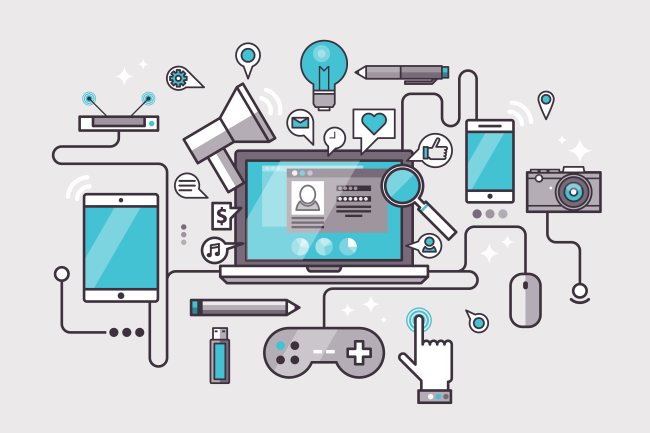Only a few years ago, many people viewed voice-recognition technology as something that lagged far behind human performance. In order to make it work properly, individuals often had to state things several times and then go back to fix inevitable and potentially embarrassing errors.
However, thanks to voice-recognition features on smartphones and gadgets, the technology has greatly improved and we may operate the computers of the future by simply speaking. Let’s take a look at some of the most exciting current and potential uses for voice technology.

Google, Microsoft and IBM are some of the major companies that hire teams of engineers dedicated to improving what’s known as the word error rate. Google’s word error rate is 4.9 percent, which means the technology gets about every 20th word wrong. That statistic has been steadily going in the right direction over time.
Google’s gadgets have only two microphones packed into a very slender build, and can still comprehend what people are saying when they’re in noisy places. As accuracy rates improve, society’s willingness to use the respective technologies should go up as frustration becomes less of a factor.
Synonyms, background noise and lack of context are just a few things that could trip up voice-recognition technology. Despite all the recent advancements, the technology still has shortcomings that some manufacturers are starting to take into account more than ever.
Microsoft offers a product geared toward businesses called Custom Speech Service that enables users to train voice-recognition products so they work better when exposed to certain aspects. Voice recognition is becoming quite common in the law enforcement sector because it cuts down on the number of staff members required, saves time and helps people manage huge amounts of paperwork.
In Canada, police officers reduced the time it took to log police reports by 85 percent. That figure is impressive, but if users also relied on technology that allowed them to plan for things within the environment that make it harder for voice software to pick up on their speech, it might get better still.
The technological advancements already discussed represent some of the major reasons why some people are so confident we may soon become more accustomed to speaking to our computers rather than typing on them. However, it doesn’t hurt that voice recognition-technologies are starting to be used with good results in the retail industry too.
When you go shopping for a shirt and realize the size you need isn’t on the shelf, you’ve probably become accustomed to looking for the nearest salesperson and asking them to check the stockroom. Once that happens, the staff member might use a radio system to inquire about availability.
However, some retail locations are taking customer service to the next level by depending on voice-recognition software to streamline the scenario described above. The software is connected to supporting interfaces related to point of sale and stockroom technologies, and allows a human employee to simply speak a question or request and let voice-recognition technology do the rest.
The voice-related capabilities get faster answers for customers and mean employees can give more attention to shoppers because they just have to speak instead of typing on computer keyboards to find out need-to-know information. No matter what’s being sold, customers will always need to ask questions and they usually expect quick results. That means this technology might be a game changer.
The retail industry can be stressful, especially during the holiday season. Imagine how things might get easier for staff members and shoppers alike if consumers could someday use speech-recognition technology on their own at special areas within a store and find out in seconds if there are more copies of a certain highly sought after toy in the back room?
Now that you’ve gotten this brief overview of how far voice recognition has come and found out about some of the impacts it’ll likely make in the years to come, you’re probably not surprised tech analysts think voice technology has a lot of promise. In many cases, the potential is already evident and it’ll be interesting to watch the technology’s evolution over the coming months and years.
By Kayla Matthews





